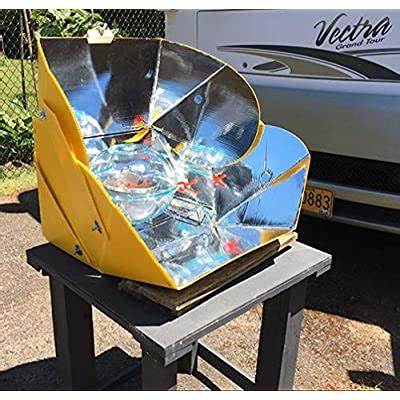When you’re heading into the wilderness, knowing where you’re going—and how to get back—is essential for a safe and successful trip. In today’s digital age, most campers and hikers rely on smartphones or GPS devices for navigation. While these tools are incredibly useful, there’s one golden rule every outdoor adventurer should live by:
Don’t depend solely on GPS. Always bring a physical map and compass.
At xkamp.com, we believe that preparation is the foundation of every great outdoor experience. Let’s break down why traditional navigation still matters and how to use it effectively.
Why GPS Isn’t Enough in the Wilderness
GPS apps and handheld devices offer impressive features—real-time tracking, offline maps, trail data, and location sharing. But despite all their advantages, they’re not infallible.
⚠️ GPS Devices Can Fail
-
Battery life is limited. Cold weather, long hikes, or simply forgetting to charge can leave you stranded.
-
Signal can be lost. Deep canyons, thick forests, or remote mountain regions often block satellite signals.
-
Devices can break or get wet. Accidents happen, and electronics are vulnerable.
The bottom line: GPS is a tool, not a guarantee. Always have a backup.
Why You Should Always Carry a Map and Compass
🗺️ Maps Don’t Run Out of Battery
A topographic map of your area provides detailed info on terrain, elevation, trails, water sources, and more—without needing a charge.
🧭 A Compass is Reliable and Lightweight
With basic training, a compass allows you to orient yourself, find direction, and navigate your route—even in low visibility.
🧠 Boosts Your Awareness
Using a map and compass forces you to be more engaged with your surroundings, improving your awareness of location, distance, and natural landmarks.
How to Use a Map and Compass: Basic Tips
If you’re new to traditional navigation, here are some quick pointers:
-
Get a topographic map of the area you’ll be exploring—ideally waterproof or in a protective case.
-
Learn how to orient your map using a compass and landmarks.
-
Understand contour lines to anticipate elevation changes and terrain challenges.
-
Use your compass to find bearings and align with known points on the map.
-
Practice before your trip! Use both tools on familiar trails to build confidence.
Best Practices for Navigation Safety
-
Download offline maps ahead of time if using digital apps.
-
Mark your trailhead and campsite on your paper map.
-
Tell someone your planned route and return time.
-
Recheck your location frequently to avoid drifting off course.
-
Stay calm and retrace your steps if you ever feel lost—don’t guess your way forward.
Recommended Gear
While we won’t link here directly, trusted brands like Silva, Suunto, or Brunton make excellent beginner and advanced compasses. For maps, many national parks offer free printable versions, and apps like Gaia GPS and AllTrails allow you to print routes for reference.
Final Thoughts
Technology is a great tool, but it should never replace basic navigation skills. Whether you’re on a weekend hike or a multi-day camping trip, bringing a physical map and compass is non-negotiable. It’s a small step that could make a huge difference when things don’t go as planned.
So, next time you’re packing your bag, ask yourself: “If my GPS died right now, could I find my way?” If the answer isn’t a solid yes, it’s time to bring a map—and learn how to use it.




